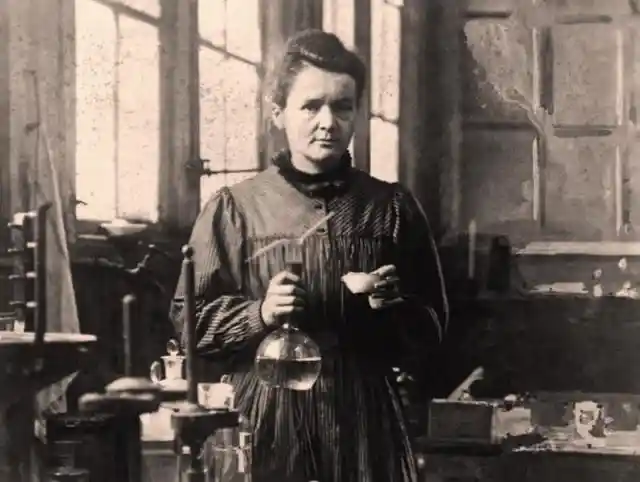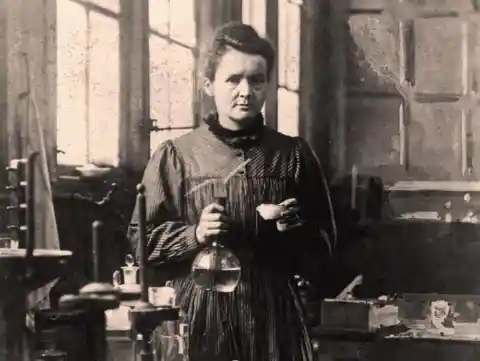Look around you. We have cars, phones, TV's buildings, trams, trains, airplanes, you get it. All of these things were invented by someone. Individuals who had an idea, a vision and the drive and passion to go all the way with it. We're talking about people like the Wright Brothers who tested a plane to prove that it works! Sometimes things don't go exactly as planned and even terribly wrong and the inventor is killed. In other cases unknown long term effects are the main cause of the inventor's demise. So check it out, a list of smart, visionary and awesome people that were killed by their own invention!
Sylvester H. Roper, Steam Powered Bicycle.
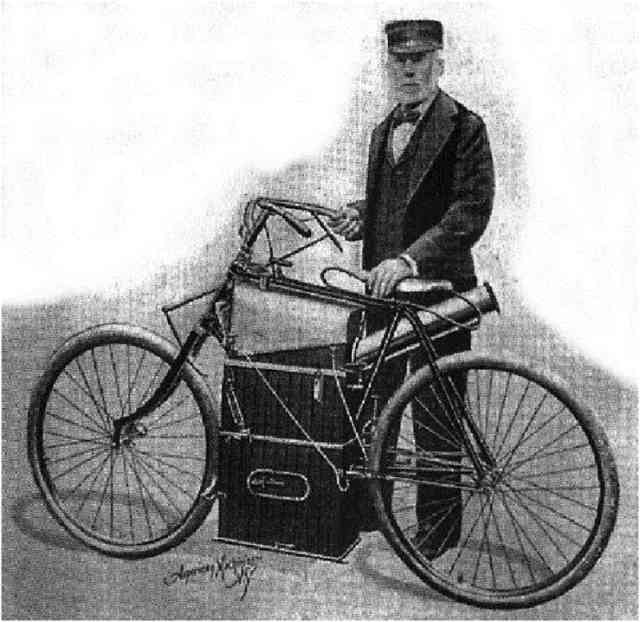
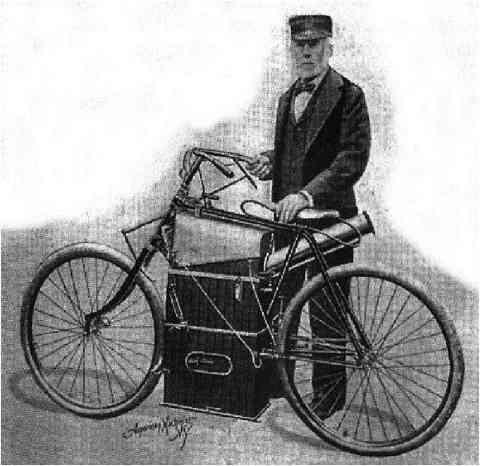
Sylvester H. Roper, Steam Powered Bicycle.
Born in 1823, this unsung hero's inventions are embedded into our lives. He invented the padlock, the shotgun choke, had industrial machinery patents and was one of steam engine cars and motorcycles pioneers. In 1868 he developed one of the first ever motorcycles (if a steam engine counts!) the Roper steam velocipede.
In 1896 Roper designed his third version of the velocipede as a pacer for a bicycle racing team. He was asked to demonstrate his new design at the Charles River velodrome. After a few demonstrations Roper was asked to demonstrate his velocipede's maximum speed.
 Sylvester H. Roper, Steam Powered carriage, 1863
Sylvester H. Roper, Steam Powered carriage, 1863
At 40mph, spectators noticed his facial expression change and he fell off the bike. He died then and there from a heart attack. After autopsy, the cause of death was found to be heart failure but it's inconclusive if the heart failure caused the crash of vice versa.
 Papers headlines telling of Sylvester H. Roper death
Papers headlines telling of Sylvester H. Roper death
Thomas Andrews, the Titanic
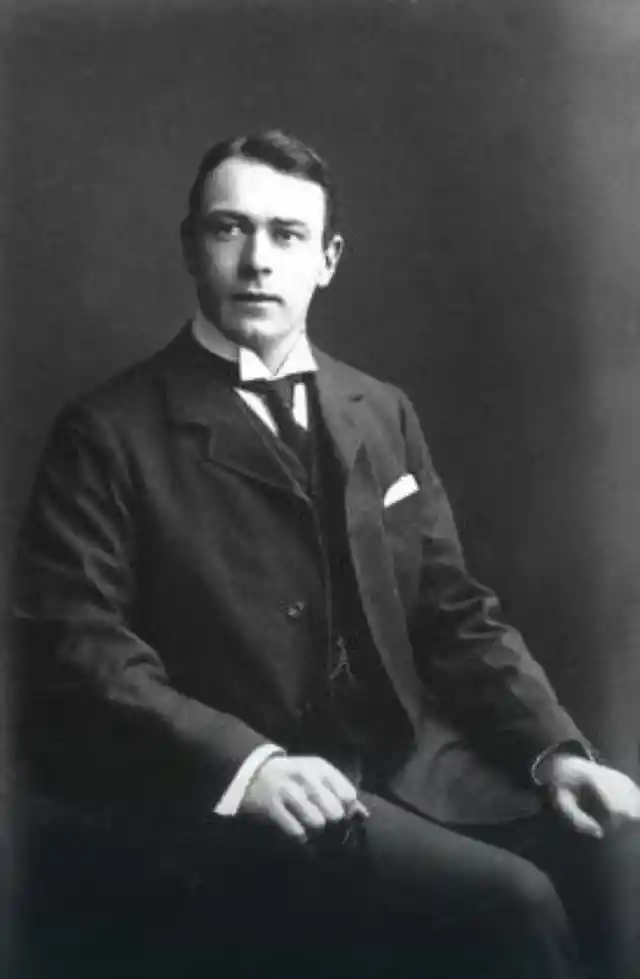
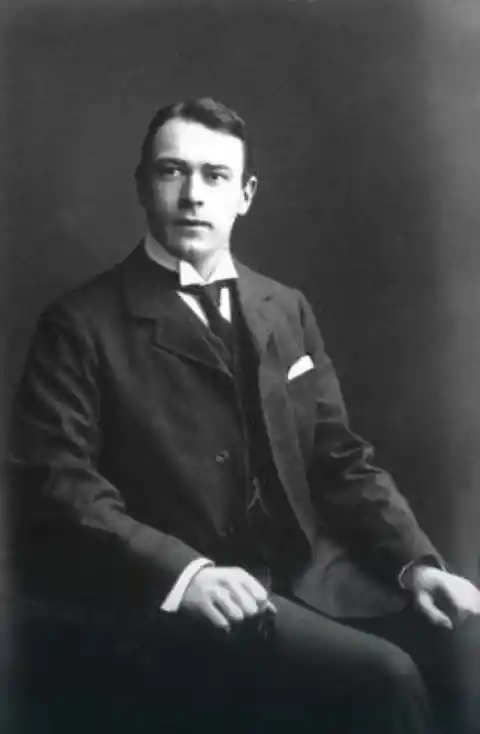
Thomas Andrews
There is no way you haven't heard about the Titanic. You know, James Cameron made a film about it with Leonardo DiCaprio. It was the biggest passenger liner to sail the seas when it set sail from Southampton to the US. As you probably know, it struck an iceberg and sank on its maiden voyage killing 1500 people of the 2200 on board.
 The Titanic after leaving Southampton
The Titanic after leaving Southampton
What is less known that the Titanic's architect was on board the vessel. Andrews was well aware of the flaws in the ship's design, and had requested to make alterations before the voyage. Additionally, he demanded that 46 life boats be attached to it rather than the 20 that were eventually loaded. His requests were dismissed because of cost constraints. Sounds only too familiar...
 the Globe headlines detailing the maritime disaster
the Globe headlines detailing the maritime disaster
Franz Reichelt, The Parachute-Suit


Modern skydivers
When the aviation industry took off in 1904, and probably even before, the demand for a contraption that will enable pilots to ditch their aircraft if things go wrong was at its peak. And so was the race to develop the first successful operating parachute.
 Franz Reichelt inviting journalists to observe his fatal jump
Franz Reichelt inviting journalists to observe his fatal jump
By 1911 the Aéro-Club de France offered 10,000 francs for a working parachute that weighed no more than 25 kilograms. Austrian-born French tailor Franz Reichelt was an entrepreneur tackling the challenge and had conducted successful tests with dummies. His design concept proved problematic when he focused on creating a parachute-suit. None of his tests with the new design were successful but he decided to conduct a live test, with himself as the "dummy". Attempts to dissuade him from jumping continued up to the last moment on the fateful morning in 1912 when he jumped from the Eiffel Tower. To the spectators horror the suit wrapped around him and he plummeted to his death.
 Franz Reichelt showing off his parachute suit minutes before the fatal jump
Franz Reichelt showing off his parachute suit minutes before the fatal jump
Henry Smolinski, The Flying Car


The Flying Car from "The Man with the Golden Gun"
James Bond is known for visiting the Q branch before every mission and equips himself with extra cool gadgets. In "The Man with the Golden Gun" it's actually the villain Francisco Scaramanga that had the auto-industry's Holy Grail – a flying car. Like every gadget in the Bond franchise, at the time, it was thought that a flying car was on the verge of becoming a reality. Thanks to Henry Smolinski a Northrop engineer with a vision.
 The AVE Mizar
The AVE Mizar
In 1973 Smolinski fastened the airframe of the Cessna 337 aircraft to a Ford Pinto and called it "AVE Mizar". This probably should have spelled disaster from the get go, but at the time the Pinto was still popular. In the first test flight the design developed an instant structural flaw, but the pilot was able to land the car-craft in one piece. the second test flight was conducted by Henry Smolinski himself, and the same structure flaw appeared, this time killing the inventor.
The NTSB investigated the crash and concluded that poor design, and poor assembling were the cause of the crash. The right wing detached from the car and folded in mid-air. The NTSB also concluded that the Pinto was too heavy for the Skymaster frame to lift safely.
 Henry Smolinski's obituary
Henry Smolinski's obituary
Otto Lilienthal, Glider


A modern day glider
The aviation industry probably killed the most inventors during its maiden days. Considered the first person to ever take off, fly and land safely, Lilienthal was obsessed with flying. As an engineer, he took inspiration from what he had around him and in 1889 published "Bird Flight as the Basis of Aviation" which became one of the classics of aviation.
 Otto Lilienthal
Otto Lilienthal
In 1891 he built his first glider. The pilot had little physical control over the glider. Balancing the aircraft was done by shifting the pilot's weight and he had to use a lot of strength to change direction and keep the glider stable. By 1896 Lilienthal tucked over 2000 glider flights under his belt and had built 18 models, three of them were already bi-planes able to carry two pilots.
His flying antics were captured on camera and circled around the world, captivating the public's imagination. He is also considered one of the Wright brother's biggest influencer. In August 1896, Lilienthal spiraled 17 meters before crashing to the ground, breaking his spine. He died the next day.
 Otto Lilienthal with his glider
Otto Lilienthal with his glider
Horace Lawson Hunley, the Submarine
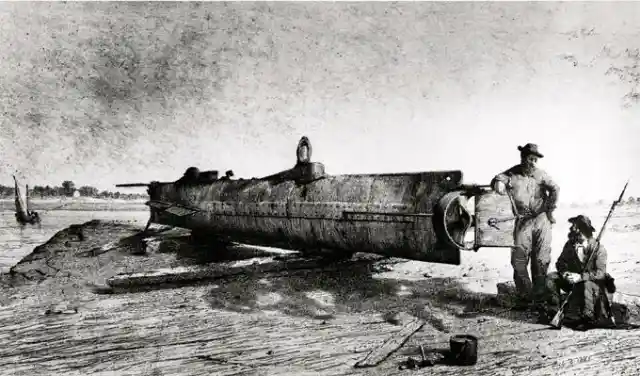
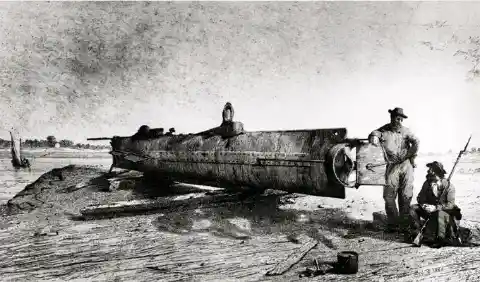
H.L. Hunley painting 1863
The American Civil War revolutionized maritime warfare. It was the first time that ironclads were developed and used during a war, both armies had them, and they rendered wooden boats obsolete. The Americans didn’t stop there. While the rest of the world was playing naval catch-up, the Americans were looking for new and more daring and innovative naval solutions. One such concept was the submarine, a ship that could travel under water and sink enemy vessels.
 Horace Lawson Hunley
Horace Lawson Hunley
Hunley, a confederate marine engineer, was up to the challenge and partnered with James R. McClintock and Baxter Watson. The first prototype they built had to be destroyed because the Union forces captured New Orleans. The second one failed and sunk. He decided to part ways with his partners and independently developed a sub that would posthumously be named after him - H.L. Hunley. It had a crew of eight men and could allegedly travel at the speed of four knots.
In 1863, when starting its maiden voyage 5 out of the 8 men crew were killed when the vessel was flooded through its hatches. It was salvaged, fixed and Hunley decided to command the second voyage in 1863. The submarine sunk again killing Hunley and 7 other members of the crew. The vessel was salvaged again and in 1864 it succeeded in sinking the USS Housatonic and was the first ship to be sunk by a submarine. The sub sank again soon afterwards killing another 8 men. The H.L. Hunley was salvaged again and is now on display in Warren Lasch Conservation Center, South Carolina.
 H.L. Hunley today
H.L. Hunley today
Jimi Heselden, Segway


Jimi Heselden, Segway owner
When Segway started operations in 1998, the buzz around the company was huge. Some critics said that it was about to revolutionize the world like the home computer or the internet did. The vision was for people in big cities to abandon their private cars and travel on this two wheeled electric powered craft that could travel at speeds up to 21km/h in addition to security aplications.
 Segway used in different law enforcement agencies
Segway used in different law enforcement agencies
The Segway was originally unveiled in 2001 and the hype around it dissipated as fast as it does to every disappointing product. Steve Jobbs stated the design "sucked", the price tag was very high, and it was impractical for its initial purposes. In 2010 English Tycoon, Jimi Heselden purchased the company.
Though Heselden wasn't the inventor, he had big plans and ideas for Segway. Sadly, while riding his Segway only months after acquiring the company, he tried to back up to make room for a dog walker on a country path, and fell almost 13 meters down a cliff to his death.
 The cliff where Heselden fell
The cliff where Heselden fell
Jim Fixx, Jogging


Jim Fixx's Complete Book of Running
Ok, so no one really needed to invent jogging, or running. We do it from the moment we learn to walk. Jim did something else, he made jogging cool, a trend, a lifestyle must. In 1977 he published "The Complete Book of Running" and gained instant fame and was credited as being the American fitness revolution pioneer.
Prior to becoming the jogging guru at the age of 36, Jim was overweight and smoked almost 2 packs of cigarettes a day. In addition, he had a congenitally enlarged heart. his father had his first heart attack at the age of 35 and died of a heart attack when he was 43.
 Jim Fixx
Jim Fixx
It still came as a shock when at the young age of 52 America's first fitness guru died of a heart attack during his daily run. The coroner report listed the above mentioned reasons in addition to a stressful job and his ongoing second divorce as the reasons his heart gave out. The medical community still advocates moderate exercise as a mean for longevity.
 Jim Fixx memorial in Hardwick Memorial Park where he died
Jim Fixx memorial in Hardwick Memorial Park where he died
Henry Winstanley


Eddystone Rocks today
It's true that the first lighthouse in the word was constructed in 290BC in ancient Egypt. But in 1696, Henry Winstanley decided to undertake the task of building the first off shore light house near the perilous Eddystone Rocks reef in Devon, UK. The Eddystone Rocks are a treacherous hazard for ships approaching the English Channel and Plymouth.
 Henry Winstanley
Henry Winstanley
The reef had taken the lives of many sailors and claimed endless ships throughout history, but when Winstanley, an engineer and merchant lost two ships to the reef, he demanded to know why nothing was done and was told that the reef was too dangerous to mark. He decided to build a lighthouse himself and completed the structure in 1698 not before he and his crew where attacked by a French privateer. They released by order of Louse XIV who understood the lighthouse's importance and said "France is at war with England, not with humanity".
The first lighthouse needed repairs and amends and these were done in 1699. Winstanley kept working, tinkering and improve his lighthouse until in he declared he wanted to be in the structure during one of the channels infamous massive storms. In 1703 he was trapped with 5 other men in the lighthouse when a massive storm hit and destroyed the lighthouse. Winstanley and his crew were never seen again. During the 5 years the lighthouse was operative, no ship was wrecked on Eddystone Rocks, and there is a lighthouse there still today.
 Henry Winstanley's lighthouse
Henry Winstanley's lighthouse
Jean-François Pilâtre de Rozier, Hot Air Balloon


Modern day hot air balloons
Breaking Bad didn't make it up, chemistry teachers are badasses. In November 1783, a French chemistry and physics teacher, Jean-François Pilâtre de Rozier together with Marquis d'Arlandes were the first two people ever to make a manned free balloon flight. To give you a glimpse of how hardcore this teacher was, in order to prove that hydrogen was flammable he gulped a mouthful and blew it over an open flame and Jean- François's eyebrows were burnt off.
Their first voyage lasted 25 minutes, carried them about 5.5 k"m at a 3000 ft. altitude. During the next six months, Jean-François would be joined by others to fly in the hot air balloon and in autumn 1784 planned to take the balloon and cross the English Channel. In order to do so Jean-François altered the design and created a combination of hydrogen and hot air to propel the balloon.
 Jean-François Pilâtre de Rozier
Jean-François Pilâtre de Rozier
Jean-François and his then companion – Pierre Romain were able to make their attempt only in the summer of 1785, after Jean-Pierre Blanchard, and, Dr John Jeffries, had already become the first to cross the English Channel. Minutes after their launch a change of wind threw them off course, the balloon deflated, and crashed from an estimated height of almost 500 meters. Jean-François and Pierre Romain are considered the first aviation casualties. To this day Rozière balloons refer to modern hybrid gas and hot air balloon is named after his pioneering design.
 contemporary illustration of Jean-François Pilâtre de Rozier hot air balloon
contemporary illustration of Jean-François Pilâtre de Rozier hot air balloon
Alexander Bogdanov, Blood Transfusion
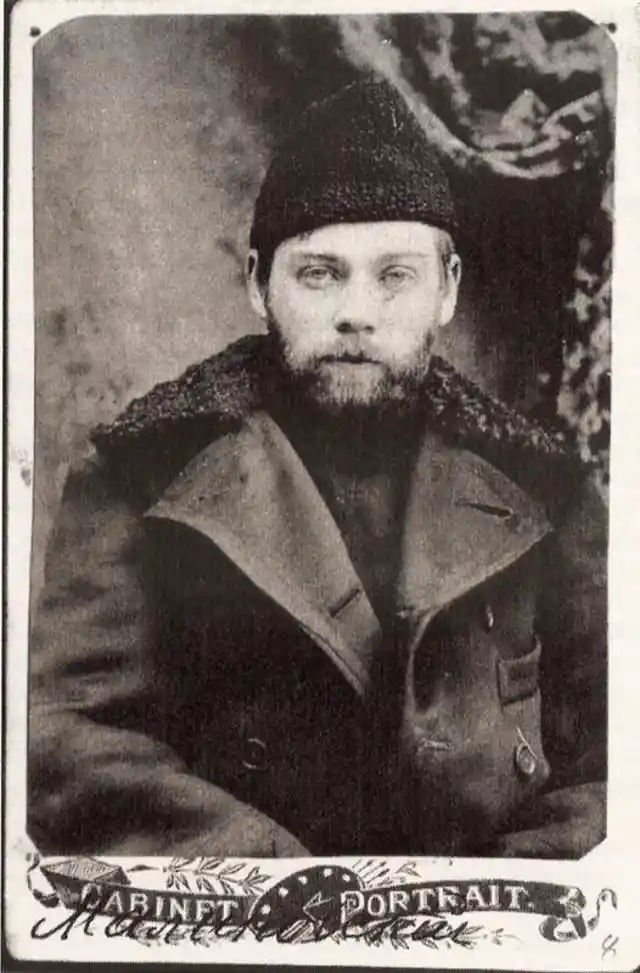
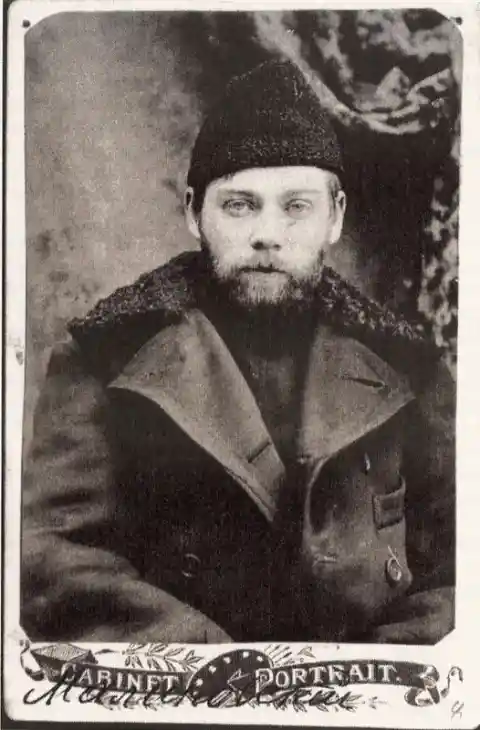
Alexander Bogdanov
Bogdanov was man of many traits. He was a physician, science fiction writer and philosopher. His philosophy theory "Techtology" is the basis for today's System's Theory. In 1924 he began to research blood transfusion hoping to find the substance that will enable eternal youth. He underwent 11 blood transfusions and noted that his eyesight was better, his balding had stopped and Leonid Krasin wrote that he had seemed to look almost a decade younger.
 Alexander Bogdanov playing chess with Lenin
Alexander Bogdanov playing chess with Lenin
Bogdanov later founded The Institute for Haemotology and Blood Transfusions to further his research. Sadly, he contracted malaria and tuberculosis from a contaminated blood transfusion. The student that gave him the contaminated blood received blood from Bogdanov and made a complete recovery but Bogdanov died. The Institute for Haemotology and Blood Transfusions was later renamed after him.
 Modern day blood transfusion saves countless lives
Modern day blood transfusion saves countless lives
Aurel Vlaicu, Airplanes
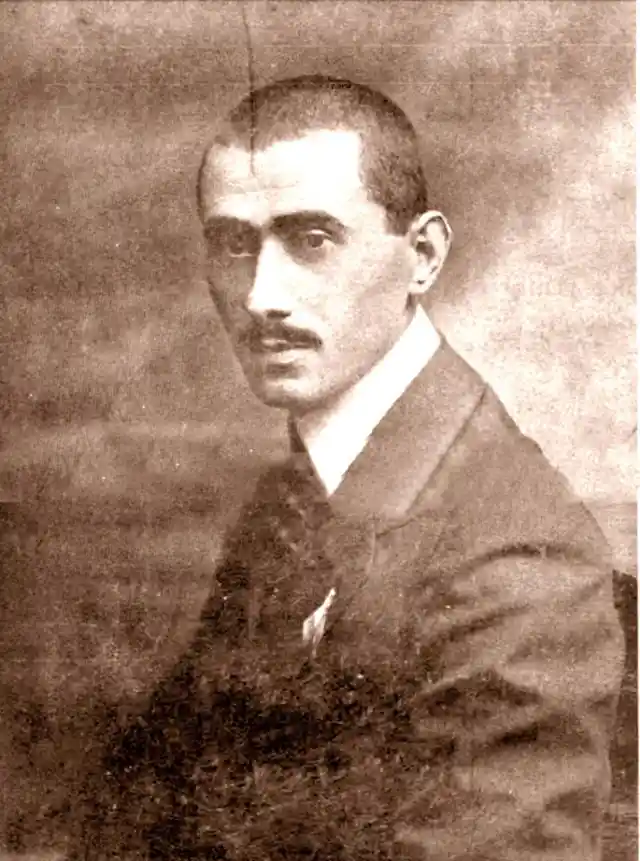
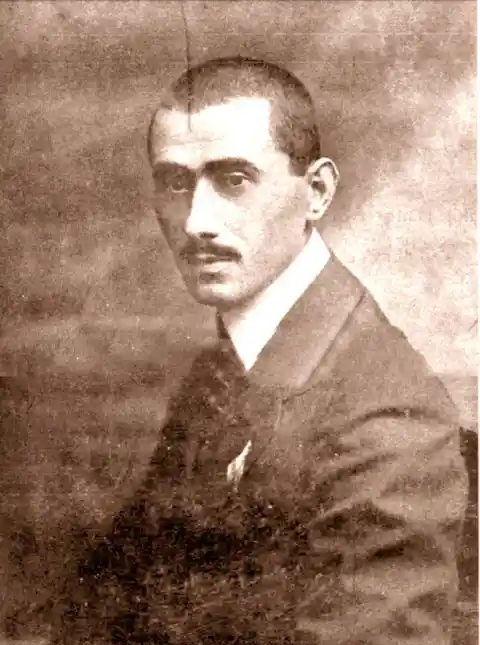
Aurel Vlaicu
Aurel was another aviation pioneer with dreams of setting aviation records. This Romanian inventor operated for a few short years, but revolutionized aviation. Born in 1882, by 1909 he and his brother had already built their first glider. In 1910 his first engine powered plane, A. Vlaicu Nr. I was ready. The same year, during military drills, he flew his plane from Slatina to Piatra Olt as a courier and is one of the first military aviation uses.
 Aurel Vlaicu's A. Vlaicu Nr. I in flight
Aurel Vlaicu's A. Vlaicu Nr. I in flight
In 1913, Vlaicu decided to be the first person to cross the Carpathian Mountains. He took off on the 13th of September and crashed near Câmpina. The reason for Vlaicu's crash is unknown to this day. One theory is that his plane stalled during landing. At the time landings were done with engines off, making it almost impossible to correct the approach if something went wrong. His first engine powered flight, on the 17 of July is celebrated in Romania as National Aviation Day.
 Aurel Vlaicu's A. Vlaicu Nr. I
Aurel Vlaicu's A. Vlaicu Nr. I
Michael Robert Dacre, Flying Taxi


The Jetpod Vision
Michael Robert Dacre wanted to revolutionize public transport. So he developed the Jetpod. It was designed to be a light and quiet aircraft capable of short takeoff and landing (STOL). It was designed to act as an executive air-shuttle, a sky-taxi or a military personnel carrier. The Jetpod's announced maximum speed was 550 k"m/h and it would need only 125 meters to take off. It was alleged to be able to go from Heathrow airport to central London in 4 minutes at the cost of $100.
 Michael Robert Dacre
Michael Robert Dacre
In August 2009 Dacre was killed during the Jetpod's prototype test flight. He attempted to take off three times before succeeding on his fourth attempt. The Jetpod ascended to 650 feet before plunging into the ground, killing Dacre who was alone in the aircraft.
 Jetpod Crash site
Jetpod Crash site
Frederick Samuel Duesenberg, The Duesenberg Car
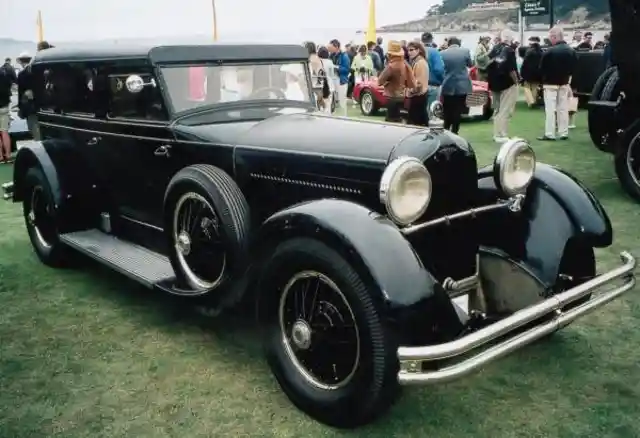
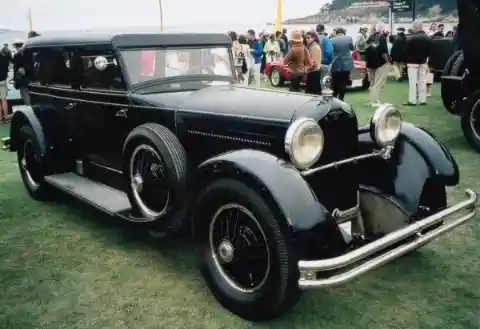
Jay Leno's 1927 Duesenberg Model X. It didn't even need restoring.
When you say "What a Duesy!" you are referring to this man. Duesenberg was the manufacturer of luxury cars and racing vehicles. The company started in 1913 and after World War I shifted to making luxury vehicles. The franchise collapsed in 1937 due to the great depression amongst other reasons. Duesenberg cars are considered today highly valuable collectors' items championed by Jay Leno.
 the Duesenberg brothers. Fred is on the left
the Duesenberg brothers. Fred is on the left
What is less known is that one of the two brothers who started the company, Fred, was killed driving a Duesenberg in 1932. Speeding on a wet highway, his Duesenberg overturned giving a dislocated shoulder and a spinal injury. He was expected to recover but developed pleural pneumonia and died.
 A plaque commemorating Fred Duesenberg's accident location
A plaque commemorating Fred Duesenberg's accident location
Madame Marie Curie, radioactivity
